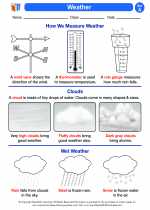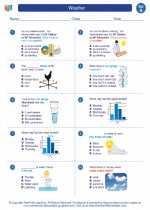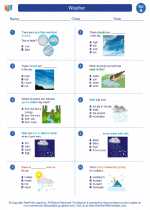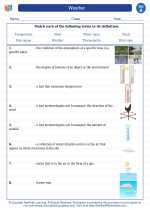Protists
Protists are a diverse group of eukaryotic microorganisms that are not plants, animals, or fungi. They are mainly unicellular but can also be multicellular. Protists can be found in various environments including freshwater, marine, and terrestrial habitats. They play important roles in ecological processes such as oxygen production, decomposition, and serving as food sources for other organisms.
Characteristics of Protists
- Eukaryotic: Protists have a well-defined nucleus and other membrane-bound organelles.
- Diversity: Protists exhibit diverse forms, sizes, and modes of nutrition, including photosynthesis, ingestion, and absorption.
- Motility: Many protists are capable of movement using structures such as flagella, cilia, or pseudopods.
- Reproduction: Protists can reproduce asexually, sexually, or both, depending on the species.
Study Guide
Here are some key points to understand about protists:
- Classification: Protists are classified into multiple groups including algae, protozoa, and slime molds. Each group has distinct characteristics and ecological roles.
- Cellular Structure: Understanding the structure of protist cells, including the presence of organelles and unique features such as contractile vacuoles and chloroplasts.
- Nutrition: Exploring the various ways in which protists obtain nutrients, such as through photosynthesis, phagocytosis, or absorption.
- Ecological Importance: Investigating the ecological roles of protists in food webs, nutrient cycling, and as indicators of environmental health.
- Human Health: Exploring the impact of parasitic protists on human health, including diseases such as malaria and giardiasis.
By understanding the characteristics and diversity of protists, as well as their ecological and practical significance, students can gain a comprehensive understanding of this important group of microorganisms.
[Protist] Related Worksheets and Study Guides:
.◂Science Worksheets and Study Guides First Grade. Weather
Study Guide Weather
Weather  Activity Lesson
Activity Lesson Weather
Weather  Worksheet/Answer key
Worksheet/Answer key Weather
Weather  Worksheet/Answer key
Worksheet/Answer key Weather
Weather  Worksheet/Answer key
Worksheet/Answer key Weather
Weather  Worksheet/Answer key
Worksheet/Answer key Weather
Weather  Vocabulary/Answer key
Vocabulary/Answer key Weather
Weather  Vocabulary/Answer key
Vocabulary/Answer key Weather
Weather 

 Activity Lesson
Activity Lesson
 Worksheet/Answer key
Worksheet/Answer key
 Worksheet/Answer key
Worksheet/Answer key
 Worksheet/Answer key
Worksheet/Answer key
 Worksheet/Answer key
Worksheet/Answer key
 Vocabulary/Answer key
Vocabulary/Answer key
 Vocabulary/Answer key
Vocabulary/Answer key

The resources above cover the following skills:
Earth Systems Science
Earth's materials can be compared and classified based on their properties. Students can:
Identify and represent similarities and differences such as the texture, size, color, and shape of various materials on Earth